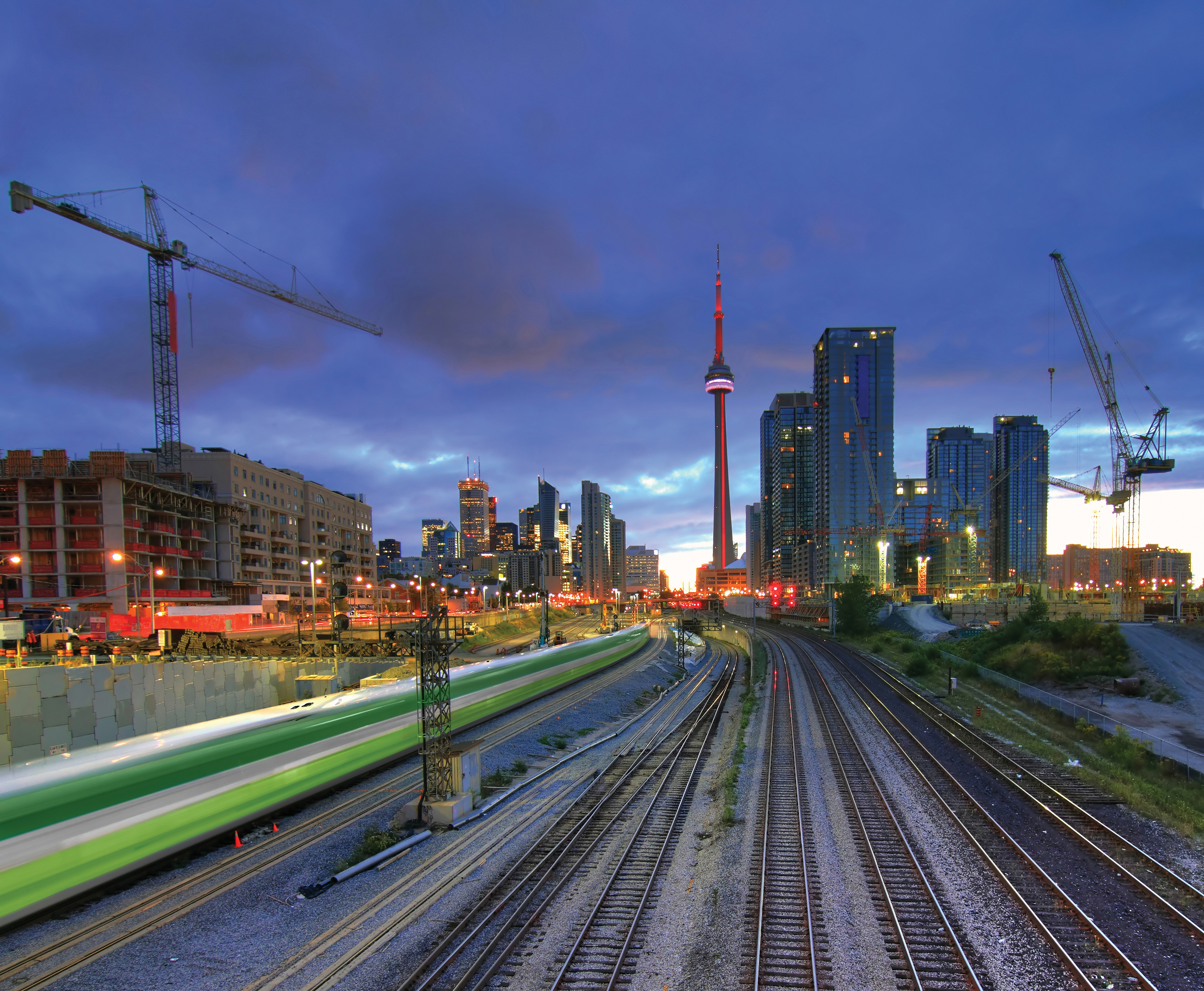JSF-1
Active Member
In a similar vein you can still see the remnants of former towns and villages that actually grew naturally. You have West Toronto Junction which was centred around Keele and Dundas St. West, and you can tell by the area. It also helps West Toronto had its own streetcar network independent from Toronto's in the form of the Toronto Suburban Railway up until 1923. There was also the Town of Weston which was centred around Weston Road and Lawrence, and once again the area really stands out from its surroundings.The Township of North York was created on June 13, 1922 out of the "rural" part of the Township of York. The Township of East York was created by January 1, 1924 because it was divided from the western section of the Township of York by the City of Toronto. The Township of North York didn't stay "rural" that long.

